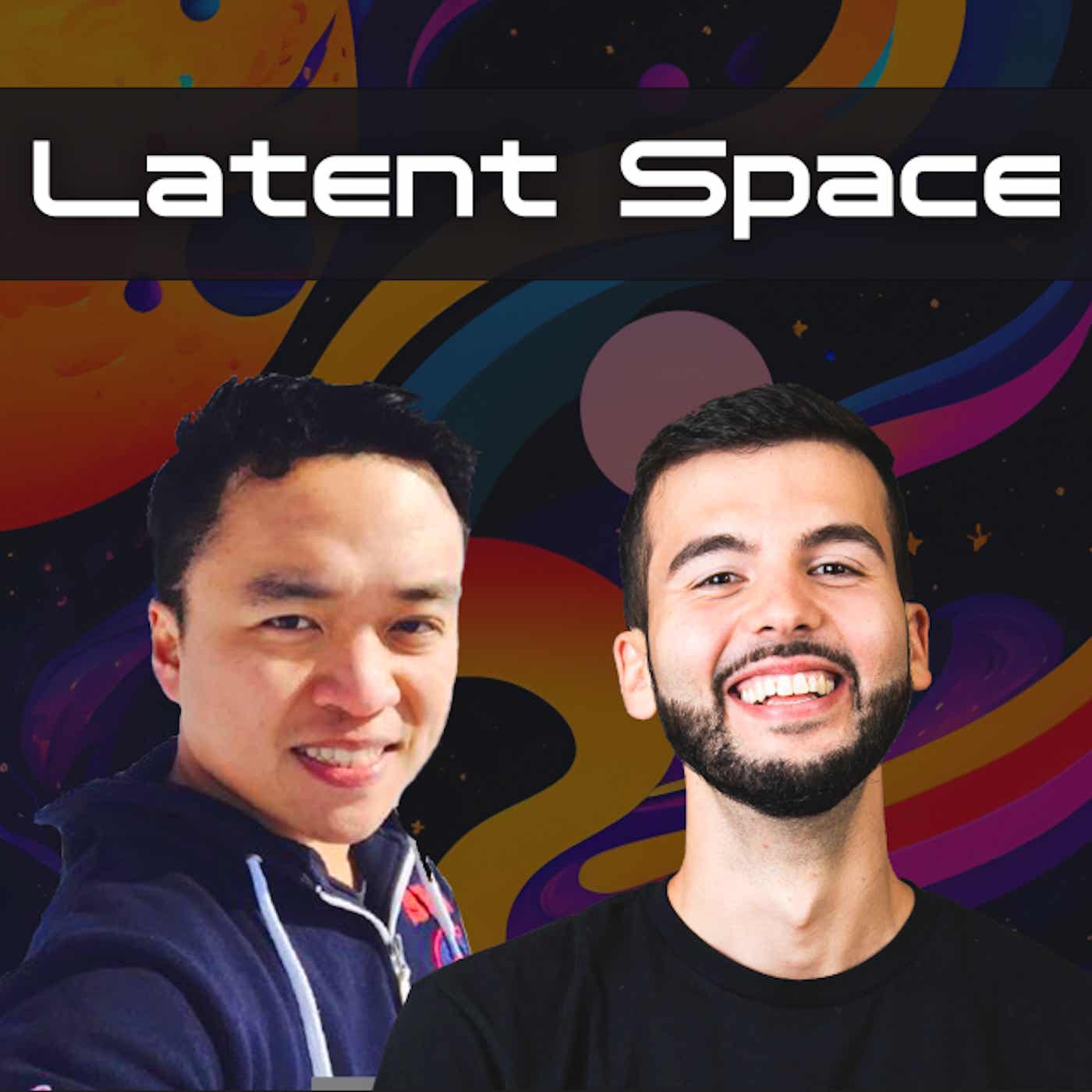RLHF 201 - with Nathan Lambert of AI2 and Interconnects
Description
In 2023 we did a few Fundamentals episodes covering Benchmarks 101, Datasets 101, FlashAttention, and Transformers Math, and it turns out those were some of your evergreen favorites! So we are experimenting with more educational/survey content in the mix alongside our regular founder and event coverage. Pls request more!
We have a new calendar for events; join to be notified of upcoming things in 2024!
Today we visit the shoggoth mask factory: how do transformer models go from trawling a deeply learned latent space for next-token prediction to a helpful, honest, harmless chat assistant?
Our guest “lecturer” today is ; you might know him from his prolific online writing on and Twitter, or from his previous work leading RLHF at HuggingFace and now at the Allen Institute for AI (AI2) which recently released the open source GPT3.5-class Tulu 2 model which was trained with DPO. He’s widely considered one of the most knowledgeable people on RLHF and RLAIF.
He recently gave an “RLHF 201” lecture at Stanford, so we invited him on the show to re-record it for everyone to enjoy! You can find the full slides here, which you can use as reference through this episode.
Full video with synced slides
For audio-only listeners, this episode comes with slide presentation along our discussion. You can find it on our YouTube (like, subscribe, tell a friend, et al).
Theoretical foundations of RLHF
The foundation and assumptions that go into RLHF go back all the way to Aristotle (and you can find guidance for further research in the slide below) but there are two key concepts that will be helpful in thinking through this topic and LLMs in general:
* Von Neumann–Morgenstern utility theorem: you can dive into the math here, but the TLDR is that when humans make decision there’s usually a “maximum utility” function that measures what the best decision would be; the fact that this function exists, makes it possible for RLHF to model human preferences and decision making.
* Bradley-Terry model: given two items A and B from a population, you can model the probability that A will be preferred to B (or vice-versa). In our world, A and B are usually two outputs from an LLM (or at the lowest level, the next token).
It turns out that from this minimal set of assumptions, you can build up the mathematical foundations supporting the modern RLHF paradigm!
The RLHF loop
One important point Nathan makes is that "for many tasks we want to solve, evaluation of outcomes is easier than producing the correct behavior". For example, it might be difficult for you to write a poem, but it's really easy to say if you like or dislike a poem someone else wrote. Going back to the Bradley-Terry Model we mentioned, the core idea behind RLHF is that when given two outputs from a model, you will be able to say which of the two you prefer, and we'll then re-encode that preference into the model.
An important point that Nathan mentions is that when you use these preferences to change model behavior "it doesn't mean that the model believes these things. It's just trained to prioritize these things". When you have preference for a model to not return instructions on how to write a computer virus for example, you're not erasing the weights that have that knowledge, but you're simply making it hard for that information to surface by prioritizing answers that don't return it. We'll talk more about this in our future Fine Tuning 101 episode as we break down how information is stored in models and how fine-tuning affects it.
At a high level, the loop looks something like this:
For many RLHF use cases today, we can assume the model we're training is already instruction-tuned for chat or whatever behavior the model is looking to achieve. In the "Reward Model & Other Infrastructure" we have multiple pieces:
Reward + Preference Model
The reward model is trying to signal to the model how much it should change its behavior based on the human preference, subject t
More Episodes
Alessio will be at AWS re:Invent next week and hosting a casual coffee meetup on Wednesday, RSVP here! And subscribe to our calendar for our Singapore, NeurIPS, and all upcoming meetups!
We are still taking questions for our next big recap episode! Submit questions and messages on Speakpipe here...
Published 11/15/24
Published 11/15/24
We are recording our next big recap episode and taking questions!
Submit questions and messages on Speakpipe here for a chance to appear on the show!
Also subscribe to our calendar for our Singapore, NeurIPS, and all upcoming meetups!
In our first ever episode with Logan Kilpatrick we called out...
Published 11/11/24


